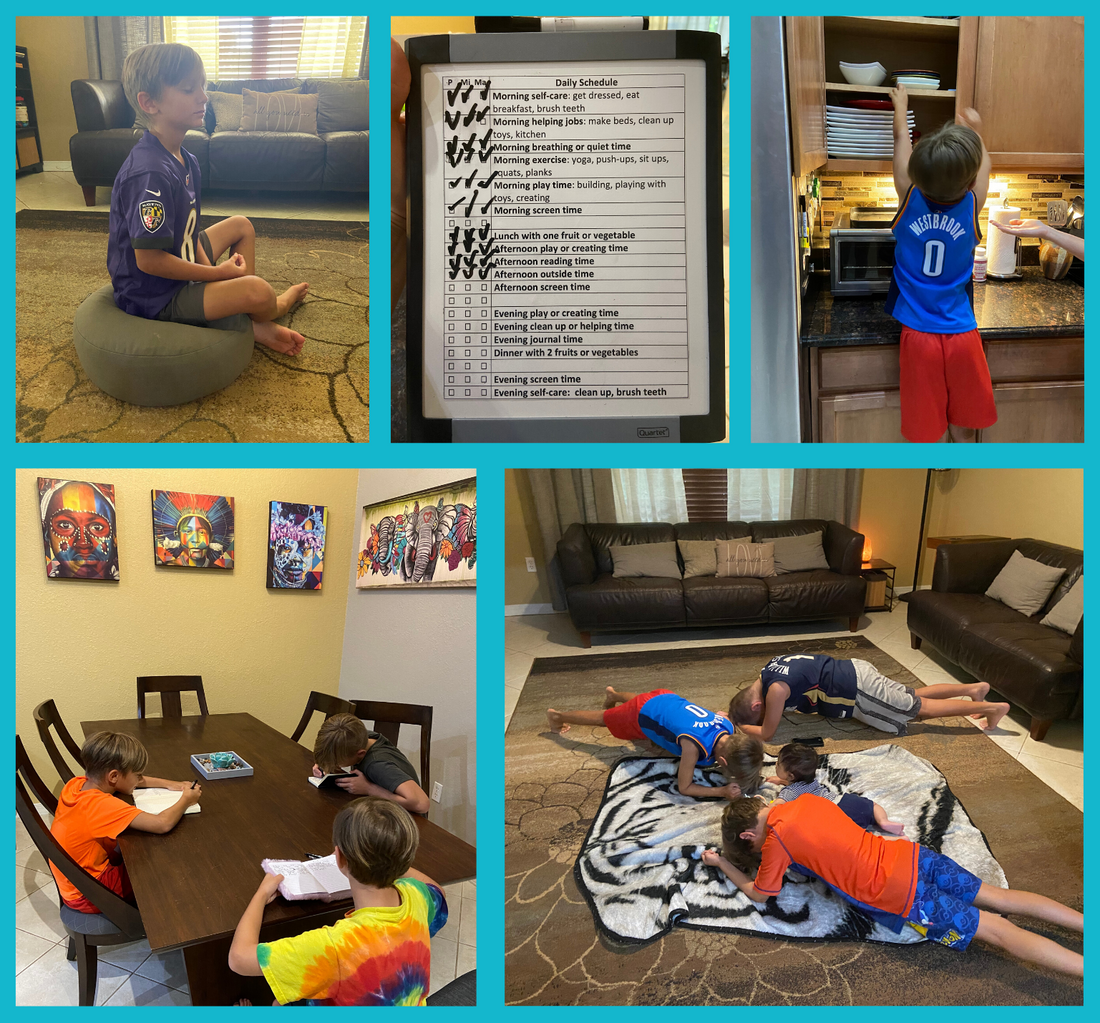
Helping kids to balance screen time with other body and brain building tasks
Monica JackmanThe current pandemic has had negative effects on our health, health care facilities and economy. For many, the secondary effects on mental health and engagement in everyday balanced routines have been even more detrimental.
Social distancing and physical isolation have greatly reduced choices and options for socialization, exercise and entertainment. As a result, many families and children have experienced an increase in indoor activities, and particularly with screen time. While activities such as watching television and youtube videos, video games, and engaging in social media can offer enjoyment and distraction, they are sedentary activities that can also be addicting.
Screen time activities can be a source of fun and entertainment, and offer a means to socially connect in a safe and distanced way. However, when children (and adults) engage in too much screen time, they are missing out on other important health-giving occupations that are essential for well-being and development, such as physical exercise, creative activities, relaxation and meditation, reading, play and household work.

My kids have always had very active and social lives, and the new safety guidelines have limited what we are able to do each day in terms of where we go (basically large outdoor spaces), and who we interact and play with (a very very small quaranteam), as we have loved ones who are at high risk, and do not want to potentially infect others in the event that we have been exposed.

As an occupational therapist, I recognize how important balanced, healthy habits and routines can be, and as a currently working from home mom, how easy it can be to fall into the trap of allowing much more sedentary screen-based activity than I typically would pre-pandemic. A few months ago, I created a daily checklist to ensure that the boys get a well-rounded balance of different activities throughout the day. While it seemed a bit prescriptive at first, they are now able to use it as a guide, and independently track what they have done. The primary activities include household helping tasks, imaginative and creative play, outdoor time, self care, reading, journaling, and meditation. They have the ability to choose which household helping tasks to do, and the daily list has become its own habit. They even initiate meditation on their own now, which has helped them to manage big feelings and balance out the effects of screen time.


We wanted to share a tool that has been successful for us, in case that there is anyone else who may benefit from a visual to promote structure and occupational balance. You can download the template for free here, and customize for number of children and add, delete or modify the daily activities listed:
https://littlelotustherapy.com/collections/free-sample-resources/products/daily-activity-checklist

Take care and stay safe,
Dr. Monica Jackman
